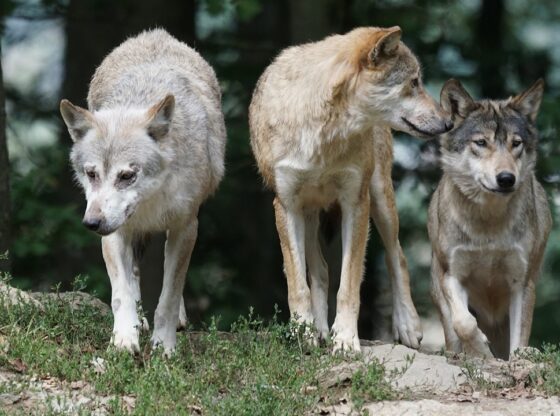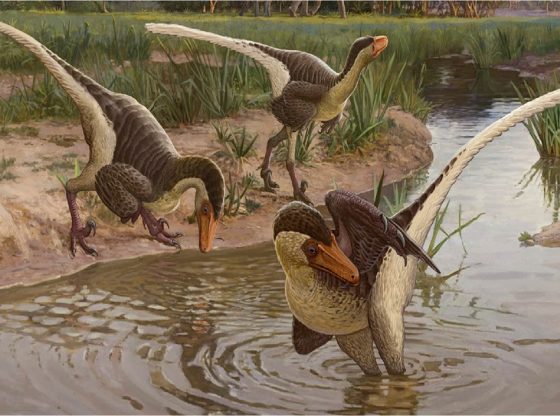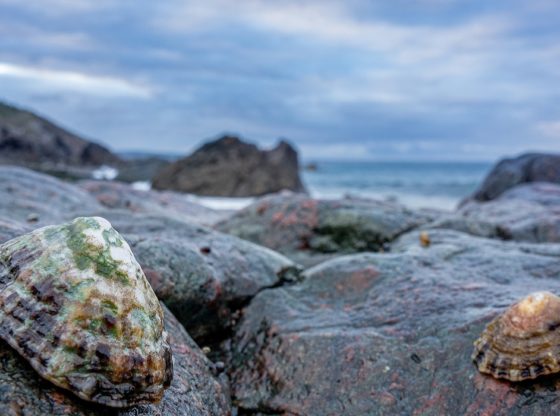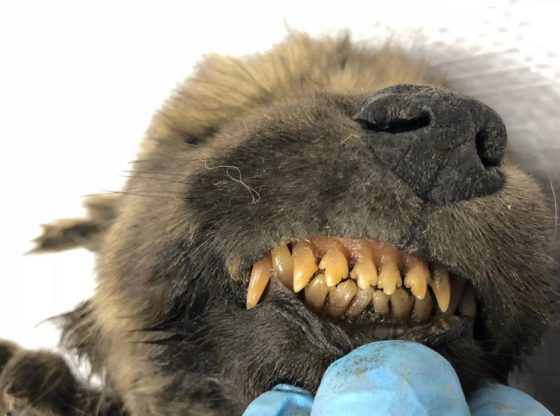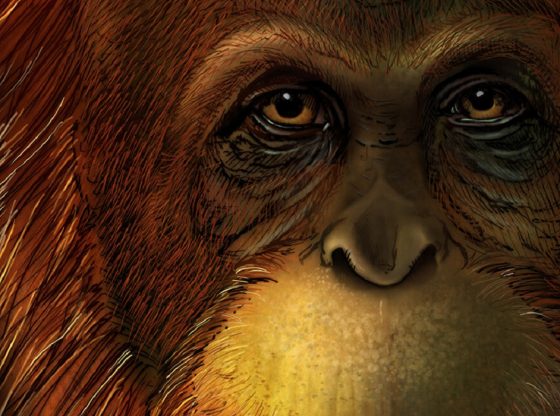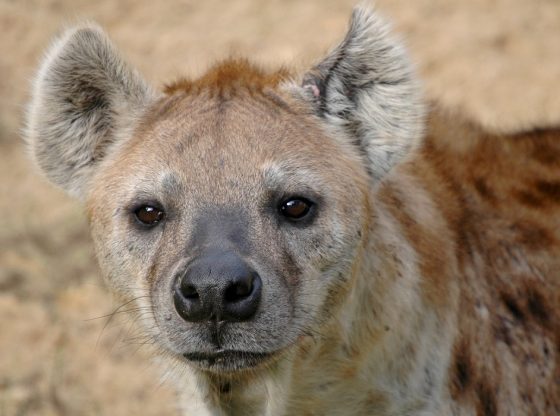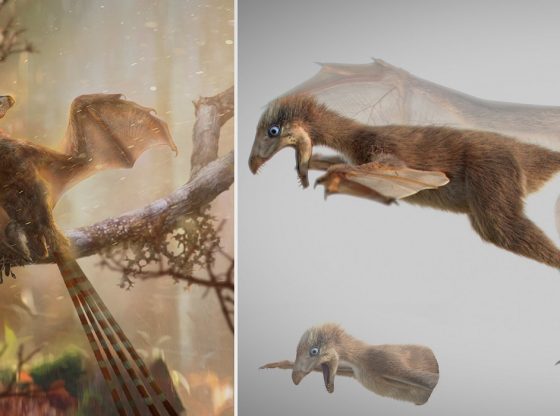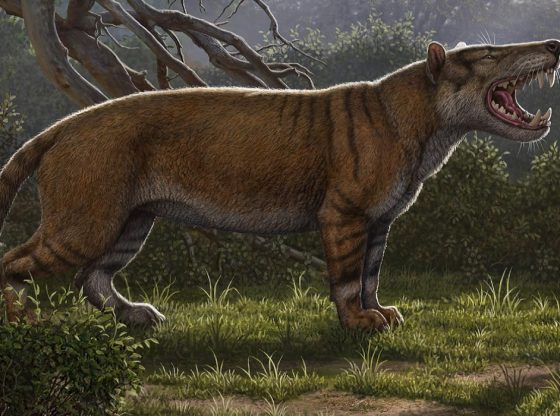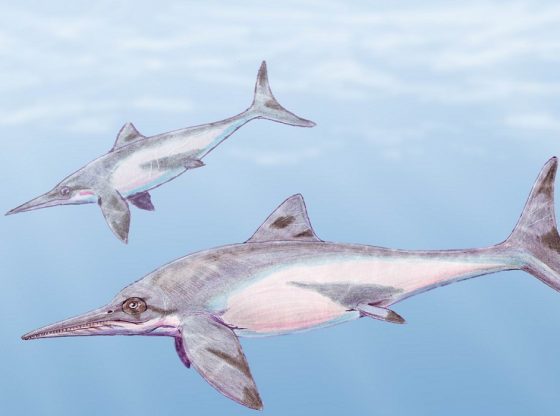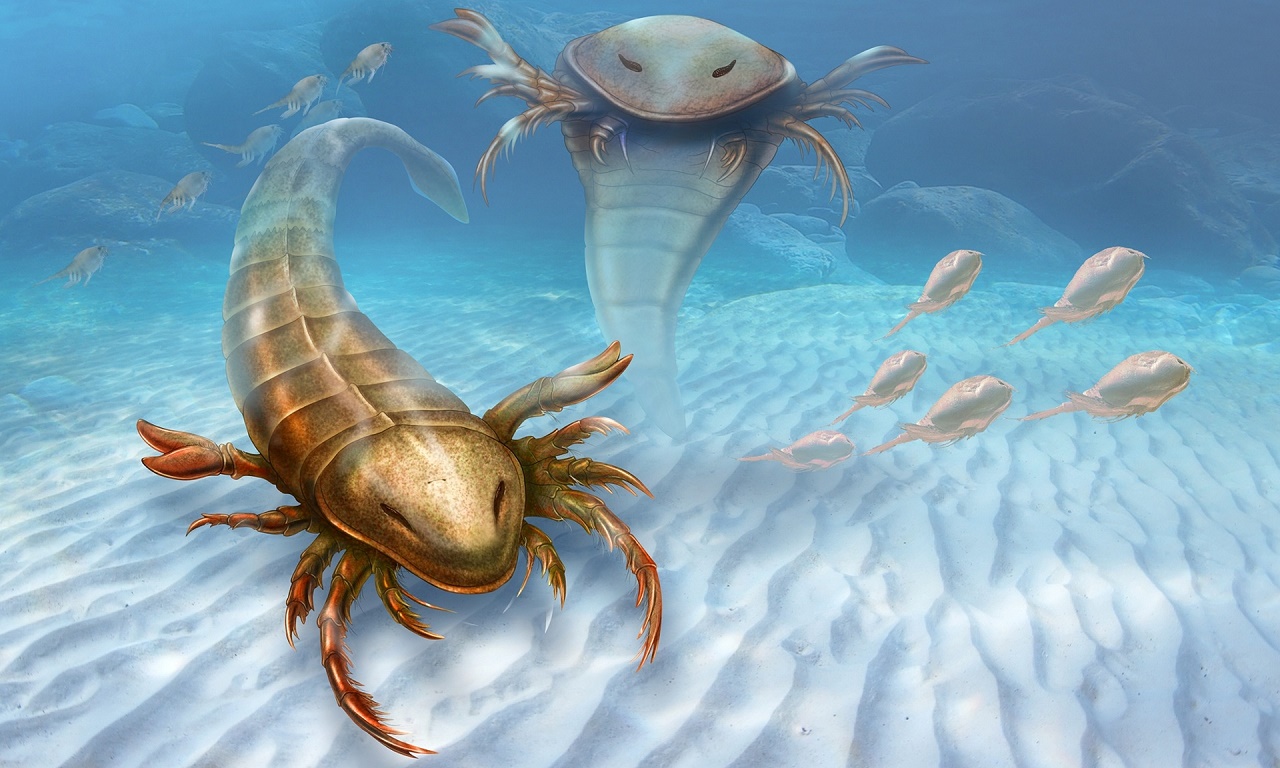
An exceptionally well-preserved newfound sea scorpion provides us with a broader understanding of our planet’s prehistoric past.
The enormous fossil was found by a U.S. team of scientists. A sea scorpion with a length of 1,5 meters (5 feet) that lived some 460 million years ago in the prehistoric oceans of Earth.
The newly discovered species is one of the oldest species of sea scorpion ever discovered and could even be the oldest. But the fact that it is so big, surprised the scientists.
The fossil consists of more than 150 parts and was found in a layer of shale in northwest Iowa, the U.S. It shows that sea scorpions could have possibly measured up to 1,7 meters in length (5,6 feet) – a very large animal for its time of existence.
The nearest living relatives of the sea scorpion today is the common scorpion and the horseshoe crab. But sea scorpions of this kind of arachnids are all extinct today. They were adapted for a life in water with flattened hind legs which probably made it more adaptable at swimming. However, some species of sea scorpion appears to have biological endowments making it able to breathe both below and above the water.
This new species has been named Pentecopterus decorahensis. A name that derives from the ancient Greek warship type Penteconter, since the shape of the skeleton is reminiscent of such a warship.
The findings has been published in this weeks issue of the journal BMC Evolutionary Biology.
_____________
The oldest described eurypterid: a giant Middle Ordovician (Darriwilian) megalograptid from the Winneshiek Lagerstätte of Iowa
__________________________

